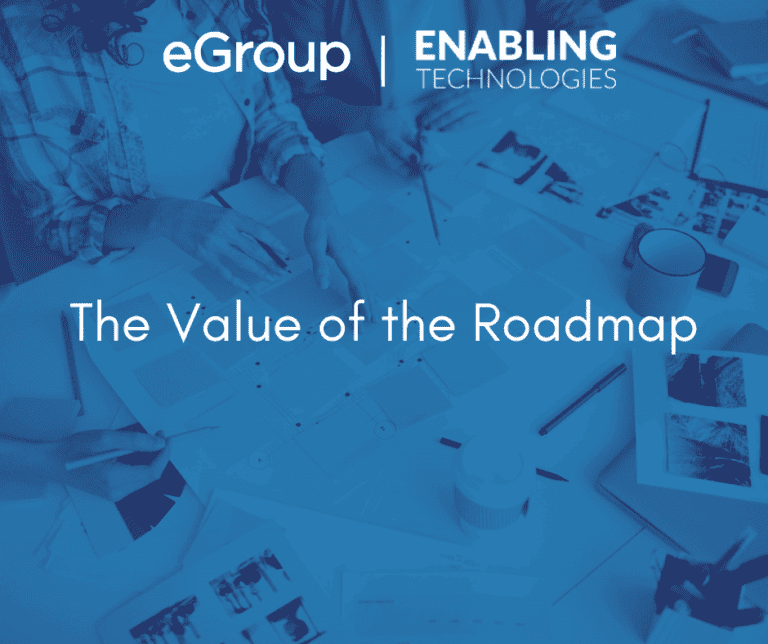The Value of the Roadmap

Since making the transition to consulting from technology leadership roles, I am constantly surprised at how many organizations have not documented and agreed upon a technology roadmap, yet have spent enormous amounts of money and time purchasing licensing, hardware, and applications. This usually leads to an environment with overlapping products, features that are never deployed, and a level of complexity that makes it inflexible and hard to manage. With some planning up front, the technology team can deliver better results more easily and ready for the future.
Roadmaps are Critical
A roadmap is critical to create alignment across the organization’s goals, executive management’s priorities, and the technology team. It needs to address and communicate the following:
Essentials of a Roadmap
A well-crafted roadmap should:
How to Create a Roadmap
So, how do you create this? It requires an objective review of where you are today, where you want to be, and the expertise to get there.
Step One: Evaluate the current state of things (Good and Bad)
Step Two: Use the evaluation to build the path and determine the requirements
Step Three: Execute and Communicate!
Our team of experts help clients with technology roadmap development all the time. Having someone provide an objective look at your environment with a structured methodology is valuable and brings a much broader perspective to analysis and planning.
Need guidance on getting your team on board? We can also help drive the message home to decision makers and provide the helping hands to get everyone through the journey. Contact our team of experts today to get started on your roadmap!

Strategic Advisor - Enabling Technologies